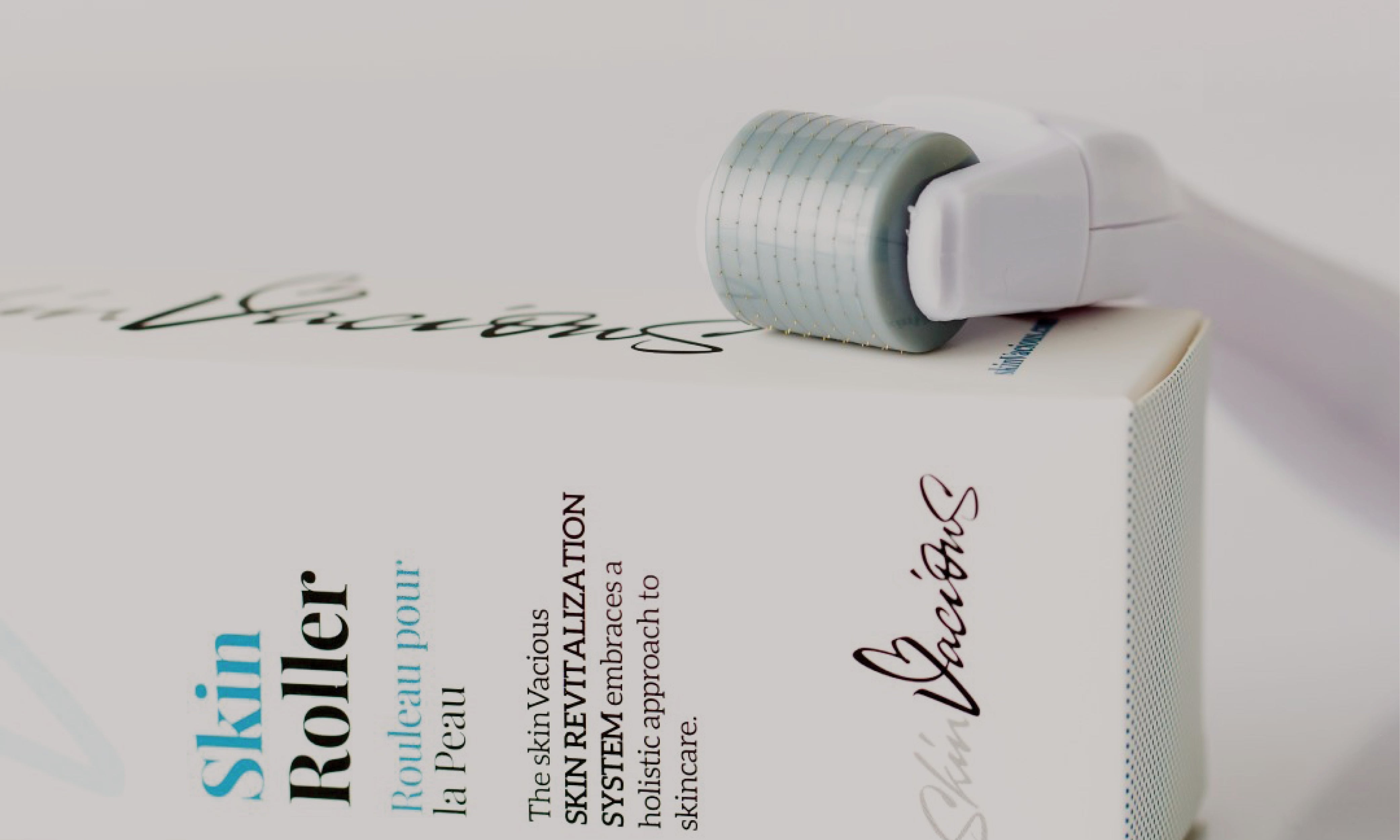
EVERYTHING YOU’VE EVER WANTED TO KNOW ABOUT DERMAROLLING
With the latest lockdown of our favorite spas, seasonal facials have (sadly) become a thing of the past. This means that most of us have been prioritizing all the at-home skincare options we can, including the reputed practice of dermarolling.
WHAT IN THE WORLD IS DERMAROLLING?
Dermarolling (or microneedling) is practiced at home with a dermaroller and is designed to improve the absorption rate of your skincare products. A dermaroller is a lovely word used to describe the manual tool equipped with a rolling head covered in ultra-tiny needle pricks (0.3 mm or smaller) that is used to roll over your skin and create micro-punctures in order to activate the dermis.
Yes, we know––rolling tiny needles all over your face isn’t exactly appealing, and it can come off as terrifying. However, the goal of this practice is to stimulate collagen production and accelerate the skin’s natural healing processes, helping to visibly reduce the appearance of scarring, hyperpigmentation, fine lines, and wrinkles.
CLINICAL VS COSMETIC
Cosmetic dermarollers use fixed needles on a roller head (again, 0.3 mm or smaller) and can be done at home, while medical or clinical microneedling is done in-office with a needle width that ranges from 0.5 mm to 2 mm.
What differentiates these two methods is the length of the needle, as that length is what determines the layer of skin being targeted. Clinical dermarolling initiates a short-lived inflammatory phase, triggering a scarless wound-healing response that requires 4 to 8 weeks of time between each session. Cosmetic microneedling is not inflammatory and increases the production of the natural peptides found in your skin that are responsible for rejuvenation.
WHO IS IT FOR?
Cosmetic dermarolling is beneficial for those experiencing superficial skin pigmentation as well as uneven skin tone & texture. For depressed acne scars and darker pigment that is deposited deeper in the skin, clinical microneedling is recommended in order to fully rebuild the skin from the bottom up (known as regenerative healing).
People with active breakouts and severe inflammation should stay away from dermarolling, as the needles can further aggravate and even spread acne-causing bacteria, worsening the breakouts. However, once the flare-up has been brought down, cosmetic dermarolling is a great way to move forward as the anti-inflammatory benefits help to reduce acne naturally.
Want to find out if dermarolling is for you? Make sure to book your Virtual Consultation right here!
HOW-TO
It’s as easy as 1-2-3!
- First, cleanse your skin thoroughly. You don’t want to be pushing any makeup or bacteria into the skin as you pass the tiny needles over it. Plus, clean and hydrated skin will ensure the better absorption of your product’s ingredients, as there won’t be any buildup blocking it from penetrating the skin once the needles are rolled over
-
You can then begin the dermarolling process by holding the skin taught and gently passing the roller across your skin approximately 6 to 9 times. The needles should be rolling evenly along the skin, not jamming into it. You can roll everywhere on your face, but remember to be gentle on the areas where the skin is very thin-–like around the eyes and on the bridge of your nose)
You can roll under the eyes and on the upper eyelid (by the bone) as this will thicken and smooth the skin near the eyes. Despite what you may have heard, it is best to avoid rolling over your lips due to the high bacteria nature
- Lastly, follow up with your treatment serum. It is crucial to stay away from any exfoliating or acidic treatments such as any AHAs, BHAs, retinols, or any other serums with active ingredients (like vitamin C). Your skin may feel a little warm and have a little redness to it, so the idea is to gently hydrate and moisturize afterward––then leave your skin alone to do its thing! The key is to create a barrier on top of your serum infusion to keep hydration and active ingredients inside the skin barrier.
To take proper care of your roller, we suggest cleaning your tool with hot water and sanitizing it with rubbing alcohol after each use.
DOES IT HURT?
This will depend on your pain tolerance as well as the depth of your needles. Some will describe the sensation to be “scratchy”, like an exfoliating scrub. Regardless, within a few weeks, your skin will adapt, thicken and develop a tolerance. If it hurts, it may be because you are pressing too hard.
WHEN SHOULD I DERMAROLL?
It is best to do your dermarolling in the evening, as some light skin tingling and redness is normal following the treatment. You will benefit from sleeping it off, leaving it alone, and waking up in the morning with a refreshed complexion. Dermarolling at night will also support the natural skin repair that happens when we sleep.
You can introduce dermarolling 1-2x per week and work your way up to every other night (after about 4-6 weeks).
WHEN WILL I SEE RESULTS?
Some start to see brighter skin as of the next day, but generally, it takes about a month to see a noticeable difference in your skin. We recommend taking weekly pictures of your face in front of a natural source of light (like a window) in order to really observe the subtle evolution of your treatment.
SKINVACIOUS STARTER KIT $85
There are no replacements for professional services. However, with the proper tools and information, you can definitely do your skin some good––right from the comfort of your home. And like most skincare treatments, for noticeable improvements, remember: consistency is key.
Until next time, happy rolling!
Mathilde

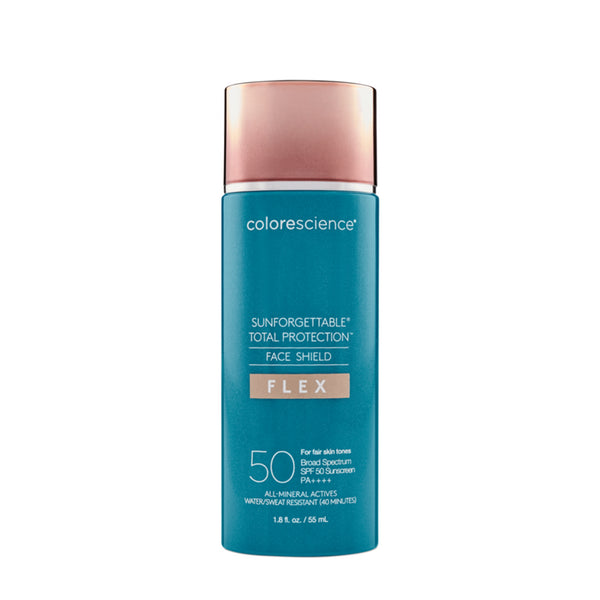
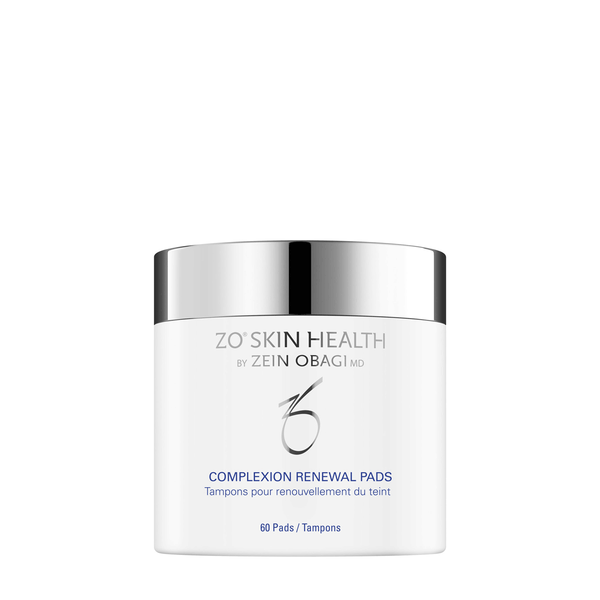
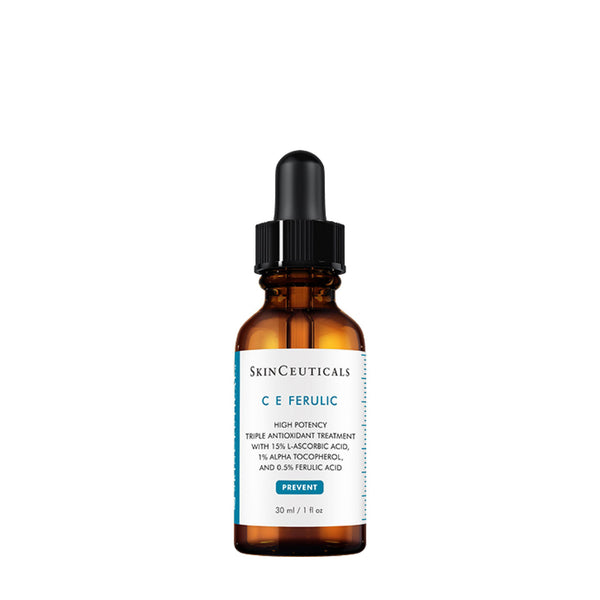
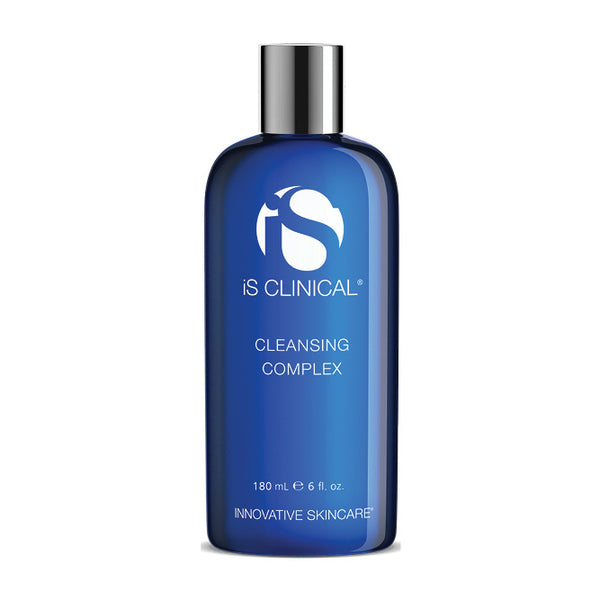
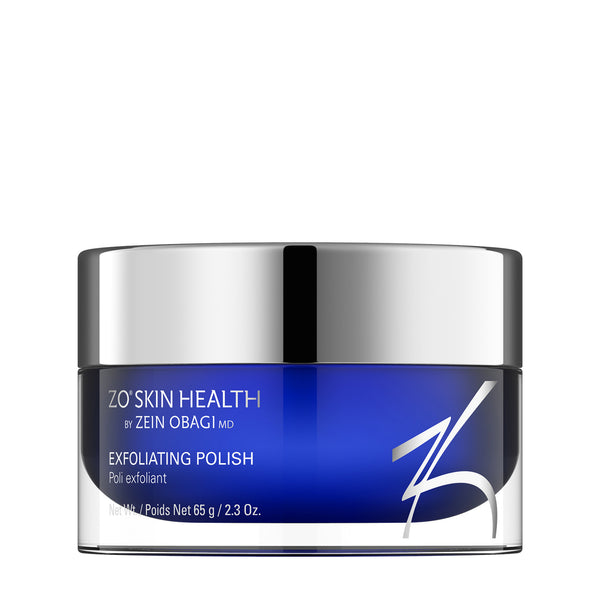

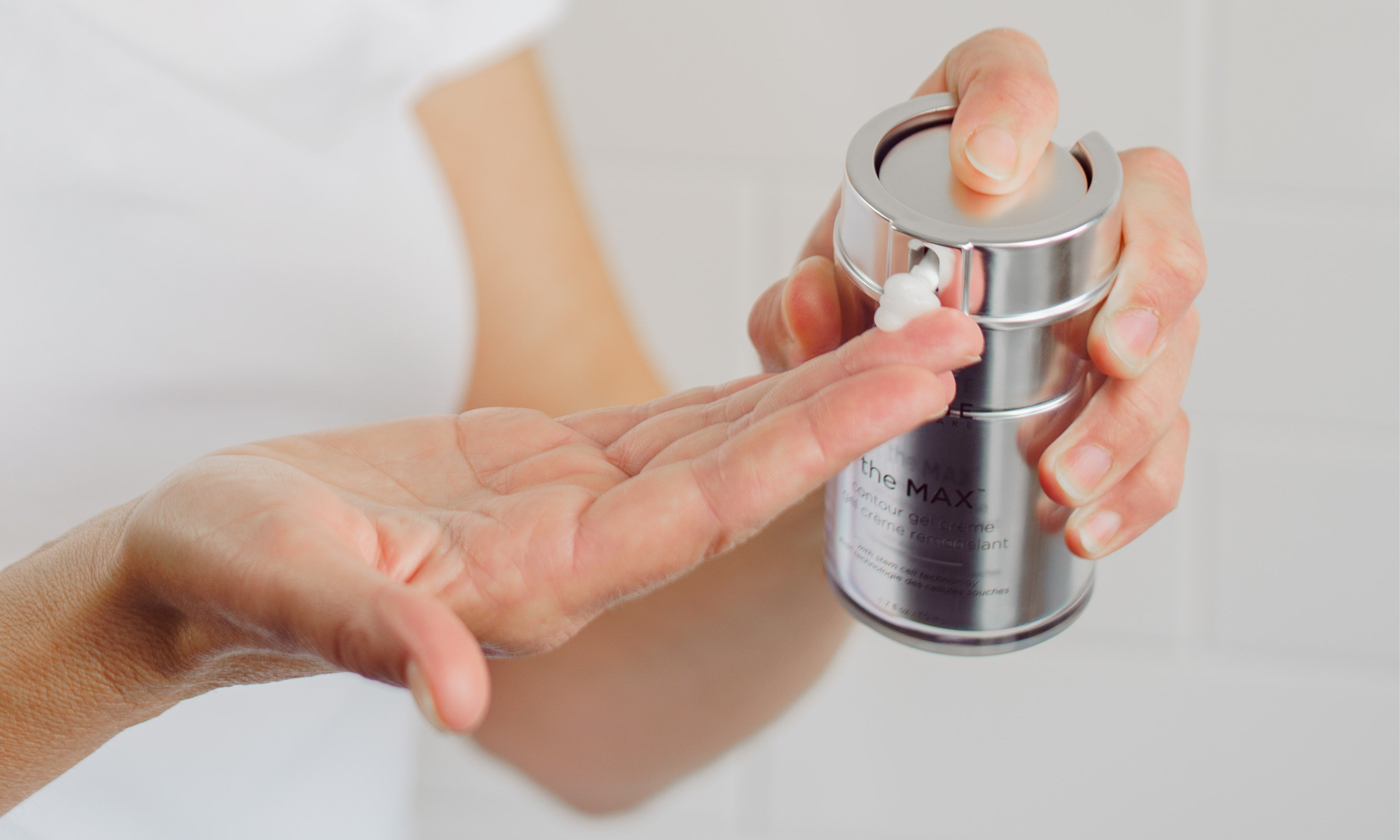
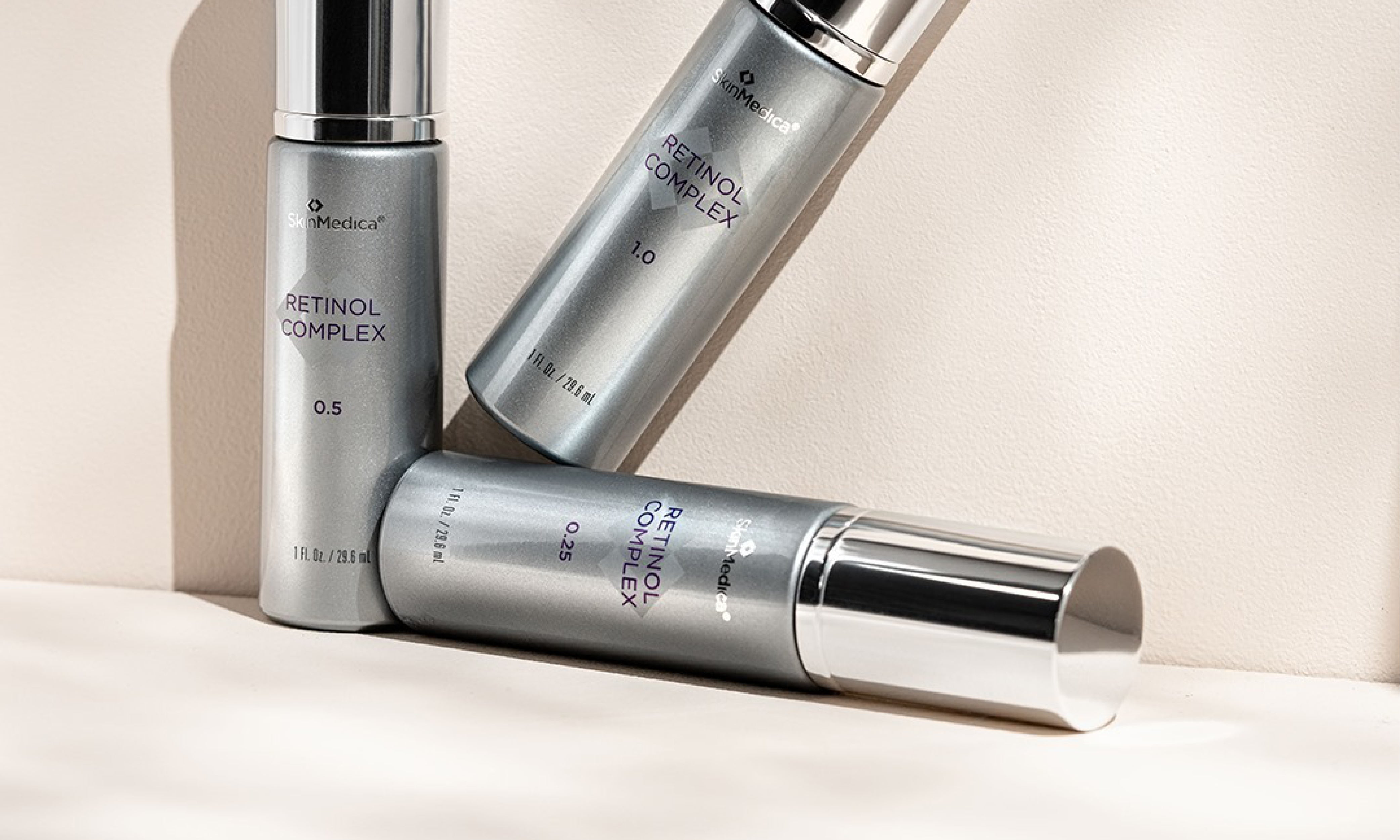



Leave a comment